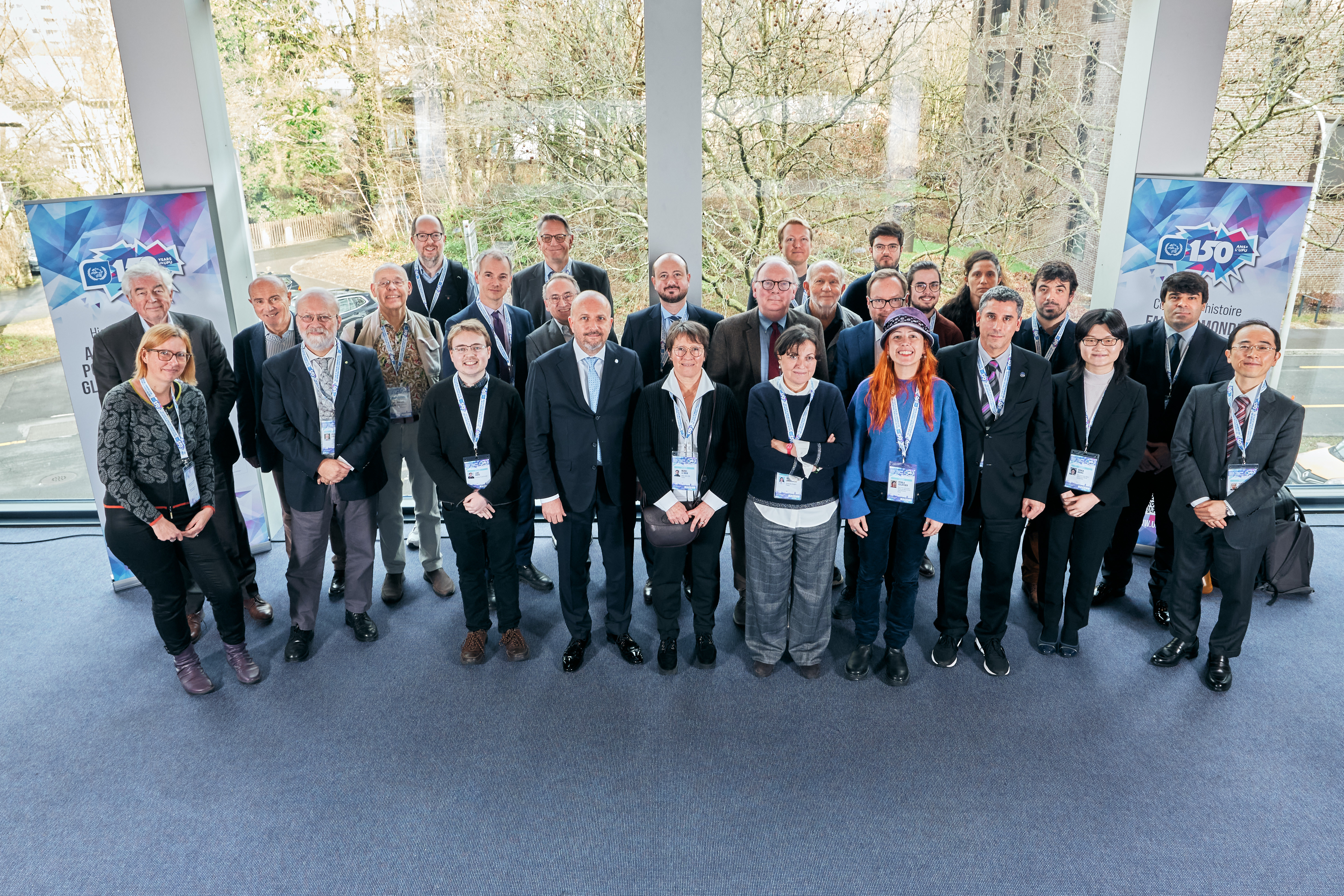In the wake of the economic crisis of 2008 and the unprecedented lockdown of 2020, the once-prevalent tradition of sending letters has faced a steady decline, hastened by the widespread adoption of the Internet. This shift is leading to the gradual disappearance of the humble envelope, prompting a closer examination of the standardization efforts spearheaded by the Universal Postal Union (UPU) over half a century ago.
The rise of standardization: a revolution in mail
From chaos to consistency: the UPU's initiative in embracing a technological turning point
At the heart of this effort was the 1957 Ottawa Congress, at which the UPU established the Consultative Council for Postal Studies (CCPS). This committee became the driving force behind the push for envelope standardization, working closely with international partners such as the International Organization for Standardization (ISO) to develop cohesive guidelines and create a UPU–ISO Contact Committee.
By the time of the 1964 Vienna Congress, concrete proposals were put forward to define acceptable envelope sizes. With widths ranging from 90 to 120 mm and lengths of 150 to 230 mm, these specifications laid the foundation for a more streamlined and efficient postal system. Envelopes in square formats, which were incompatible with mechanized processing, were prohibited.
The standardization efforts did not stop there. The 1969 Tokyo Congress marked a significant milestone, with the adoption of standardized principles for implementation by October 1973, overseen by a new CCPS working group dedicated to mechanization and automation of letter sorting.
This represented a major step forward in the evolution of the envelope, solidifying the UPU’s role as a universal facilitator of communication and cooperation on diverse subjects, including the standardization of alphabetical and numerical country codes. The UPU also received requests to work with other international organizations, such as the International Chamber of Commerce and the United Nations Economic Commission for Europe (UNECE), with regard to the impact of mail standards on global trade.
Challenges and opportunities in the digital era
As we reflect on the transformative journey of the envelope from a humble means of protecting written correspondence to a globally standardized vessel for communication, we are reminded of the enduring power of innovation to shape the way that we connect with one another, both now and in the future. In the long run, the predominance and widespread use of technology have ultimately led to the current attrition of letters and, therefore, to an uncertain future for the envelope.
Sébastien Richez, Ph.D.
Historian, Committee for the History of the Post (CHP), La Poste Group, France
Sébastien Richez has been a historian with the CHP since 2004. Taking a cultural and societal approach, he carries out research on the most emblematic themes of the Post and its activities. He serves as a core member of the scientific organizing committee for the UPU’s historians’ colloquium.
Learn more about the Historians' Colloquium.
Full event recording is available here.
